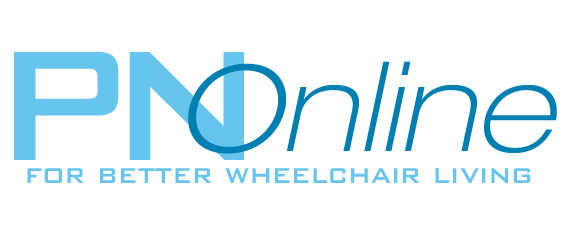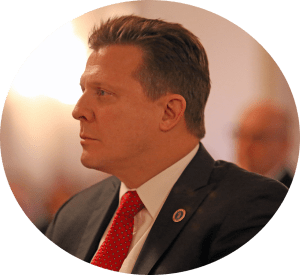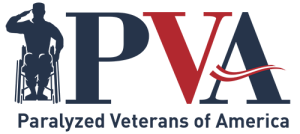The sense of belonging, empathy and instant understanding between paralyzed veterans
In 1991, I was admitted to the Department of Veterans Affairs’ (VA) new spinal-cord injury (SCI) center in San Diego after breaking my neck in a parachuting accident with the Navy SEALs.
At that time, I was 26 and still on active duty. Most other patients were my father’s age and Vietnam War-era veterans. The SCI center was populated with patients who would proudly identify themselves by branch of service. Soldiers, sailors, airmen and Marines would congregate in the halls and share stories.
Some were more believable than others, but the gist of it all was that we looked to each other for support. At that point in my life, chaos ruled the day, and I was simply looking for some predictability. It was comforting to know that the other patients were eager to share their lessons learned.
Despite our differences regarding age, ethnicity, branch of service, etc., those of us with spinal-cord injury and disease belong to something that’s unique, yet has many names. Those patients who have been around for a while often say, “Welcome to the club,” to the rookies. I guess it’s their way of saying they understand the challenging and perhaps unpleasant situations in which the new guys and ladies find themselves. Moreover, there are times when I meet a paralyzed veteran for the first time, yet he or she addresses me as “brother.”
While our membership in this club or brotherhood/sisterhood continues to provide us with a sense of belonging and serves as a valued source of support for our fellow paralyzed veterans, data suggests our membership profile is changing. One of many indicators of this change is the existence of nearly 40,000 nonprofit organizations — Paralyzed Veterans of America (PVA) being one of them — that are trying to keep up with the needs and wants of our veteran population.
Fortunately, there are plenty of giant government agencies that are tracking all these changes. The Pew Research Center published a report based on data provided by the Department of Veterans Affairs (VA), the U.S. Census Bureau and other sources about those who have served in the military and how this population is changing.
According to Pew, there are currently about 19 million U.S. veterans. Gulf War-era veterans (1990 through the present) now represent the largest share of all U.S. veterans, having surpassed Vietnam-era veterans. The VA estimates that 31% of veterans served during the Vietnam era and 41% served in the Gulf War era. Those numbers are a bit different at PVA, with 43% of our membership serving during the Vietnam era and 35% serving during the Gulf War era.
The VA states that just over 1% of veterans served during World War II and about 5% of veterans served during the Korean conflict. However, only 0.4% of PVA membership served during World War II and 2% served during the Korean conflict.
The demographic profile of veterans is also expected to change in the next quarter century. Currently, women represent about 11% of PVA’s membership. Similarly, 11% of the veteran population are women, however, the VA is predicting an increase to about 18%.
Furthermore, as with trends in the U.S. population overall, the veteran population is expected to become more racially and ethnically diverse. The VA is predicting that in 25 years, the share of veterans who are white is expected to drop from 74% to 62%. The share of veterans who are Hispanic is expected to double from 8% to 16%, while the share who are Black is expected to increase slightly from 13% to 15%. I can only assume PVA membership will mirror these changes.
There’s no doubt the profile of the U.S. military veteran is evolving. However, we’ve all gone through the challenging trials and tribulations stemming from a SCI, and those consequences of complete and permanent paralysis have served as a social glue that bonds us.
Despite all that has changed since I was first admitted to the VA’s SCI center in San Diego in 1991, there’s one thing that has remained the same after all that time — I still belong to that club, that brotherhood or whatever we want to call it.



